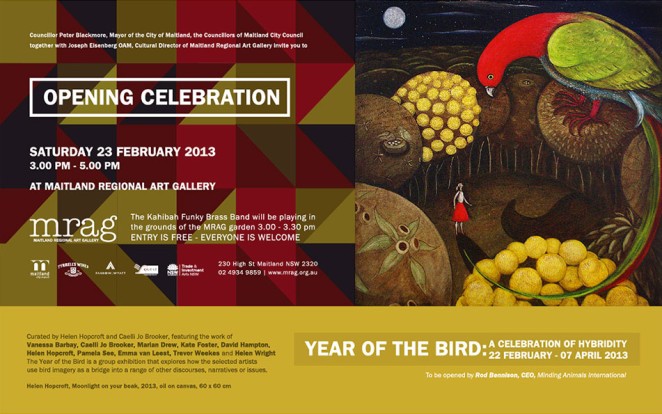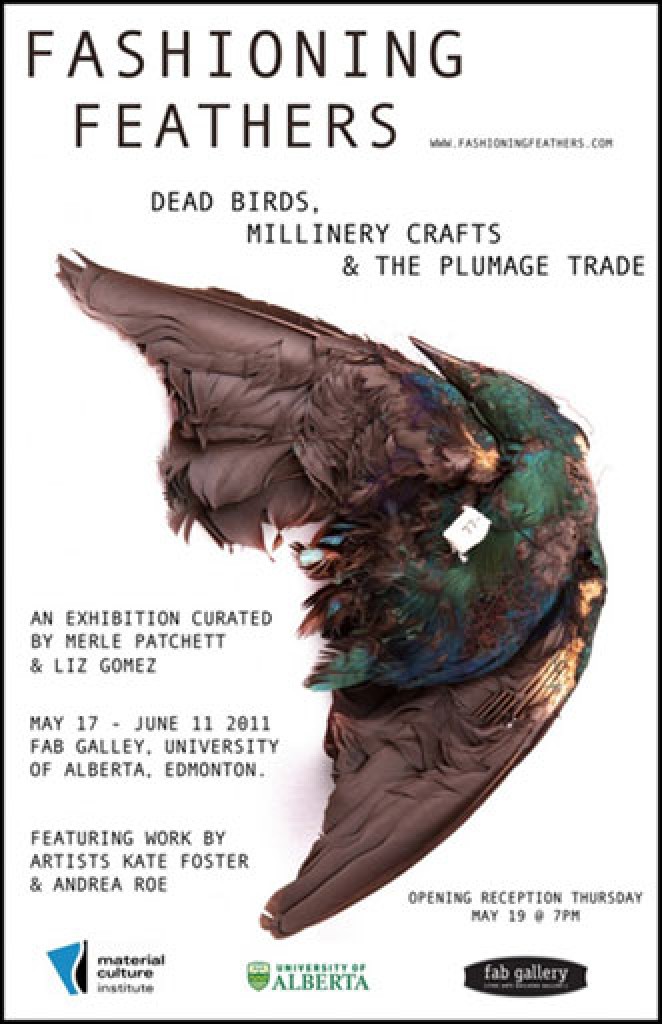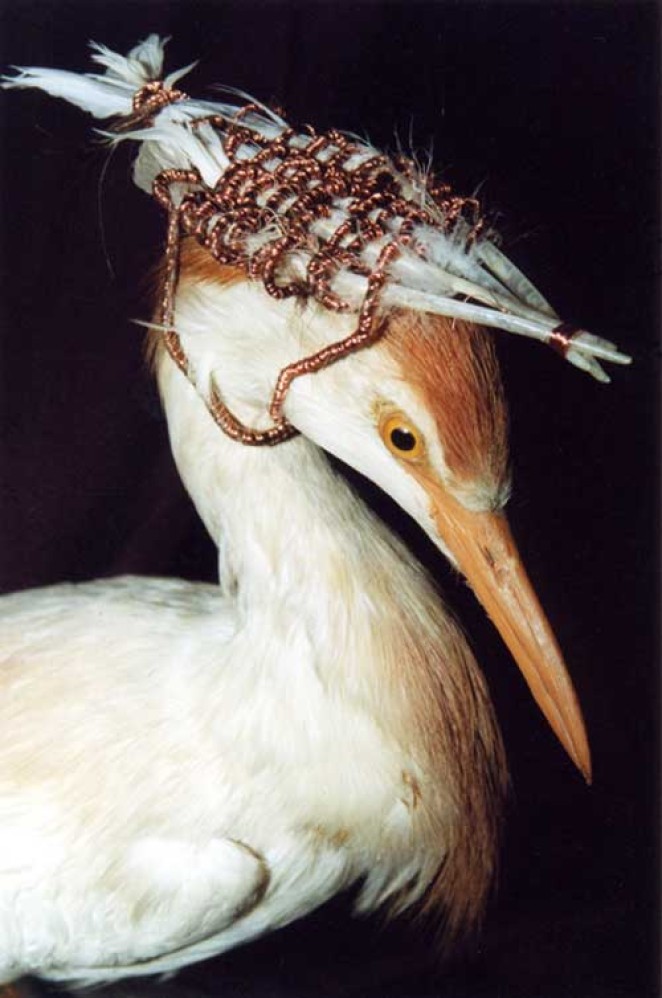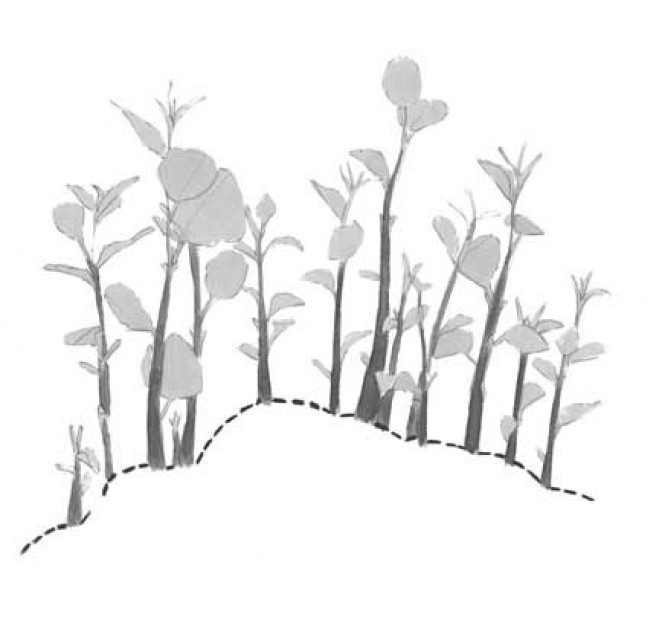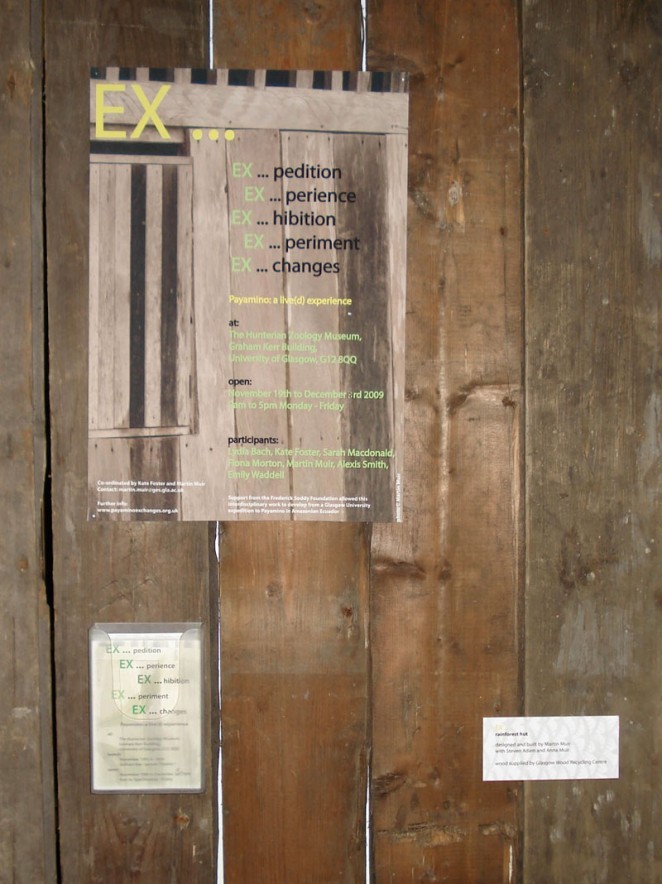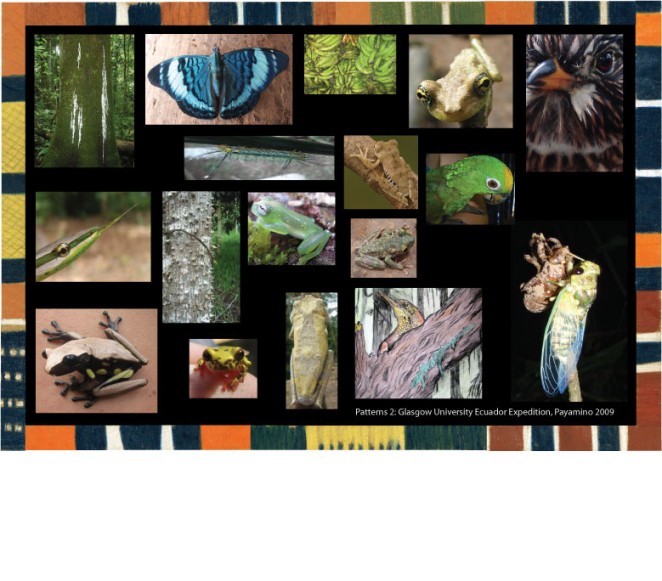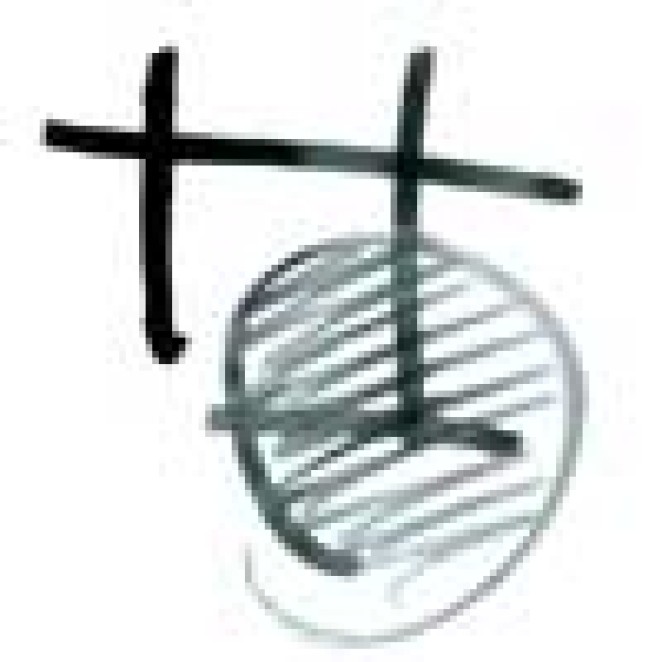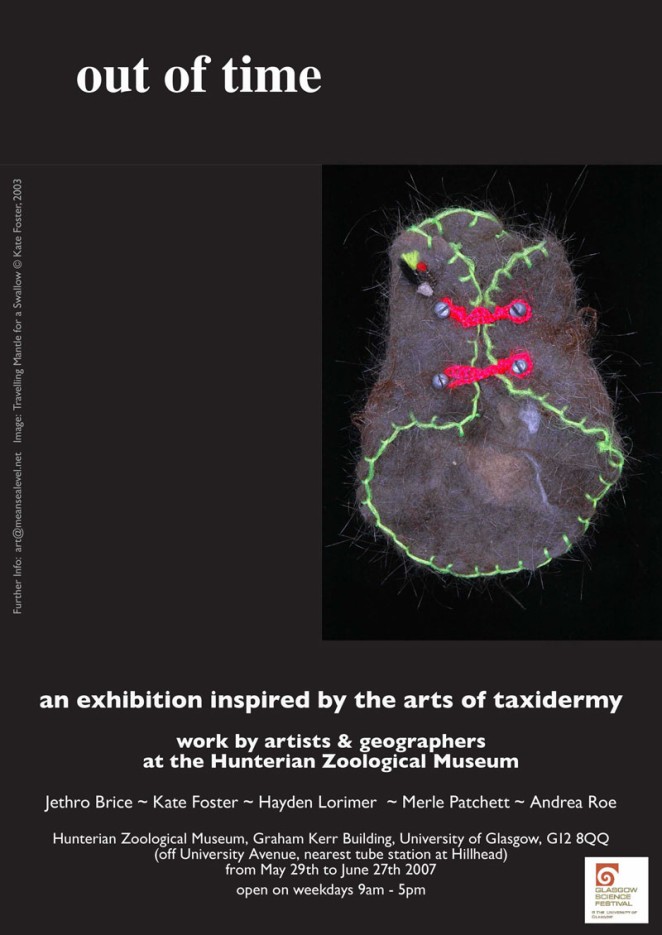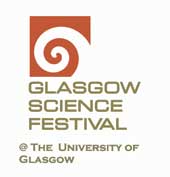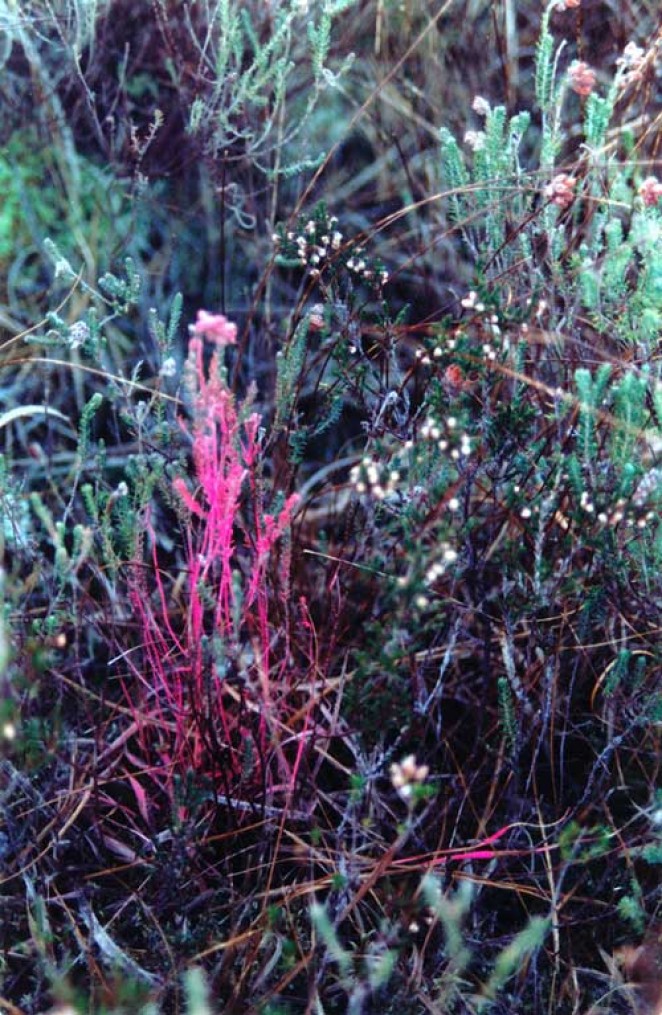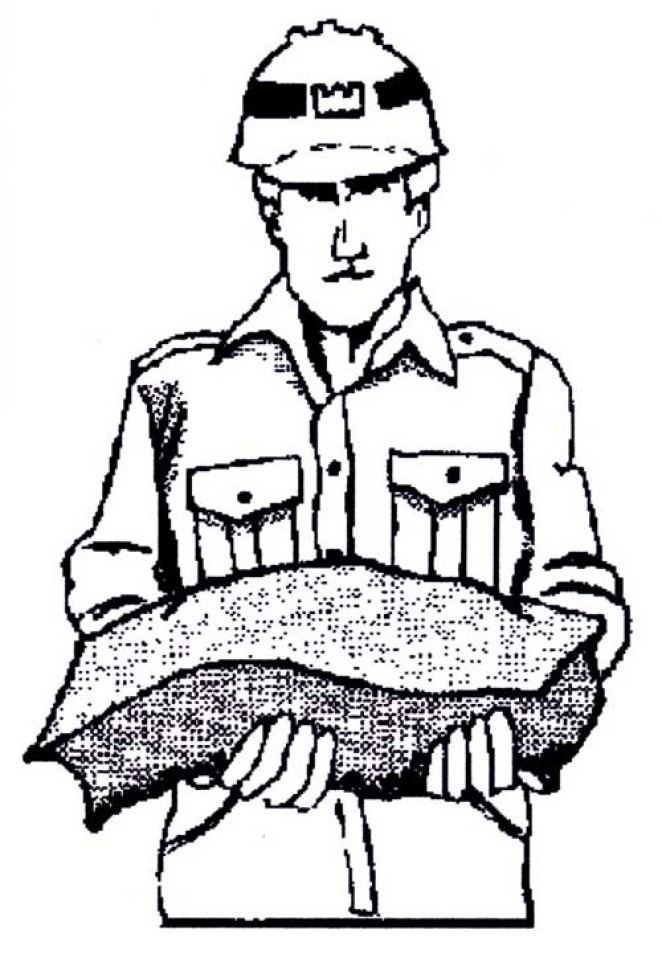… the right to enter on to, roam on and pass over open country …
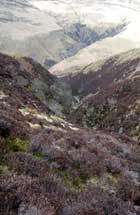
Aspens grew on me, as a wild presence exercising their right to roam. Aspen trees are fragments of the wildwood that extended across Scotland after the ice age. Thinly scattered, you may find a few remaining aspen stands in the southern uplands – in cleuchs beyond the reach of sheep’s teeth, or possibly surrounded by spruce plantation in dispirited clumps. Present in larger numbers, they can support a varied ecology. In leaf, aspens can be recognised by the way their thin-stemmed leaves shimmer and turn yellow in autumn.
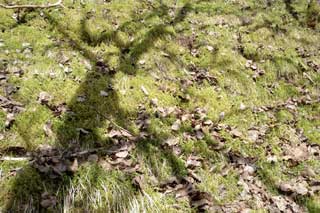
I learnt to recognise aspens in winter habit, locating the nearest ones to Over Phawhope Bothy. I was taught to propagate them by encouraging them to form suckers – in the wild they spread themselves as clones, commandeering what space they can. A stand of aspen is likely to be very ancient, yet comprised of young trees that defeat death by sending runners.Near Over Phawhope Bothy on the Southern Upland Way, you can find two new young saplings that I planted and will keep an eye on until they are established. In time, their movement and colour can enliven the line of conifers that cast a dark tone behind them. Perhaps with more time, aspen may provide avenues of growth within a changing climate.
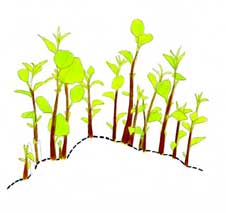
… the separation of individual ramets, or daughter plants, occurs by the death of intervening connections, known as stolons or runners…
acknowledgements to:
Geoff Hancock, Reforesting Scotland, Michael Matthews

